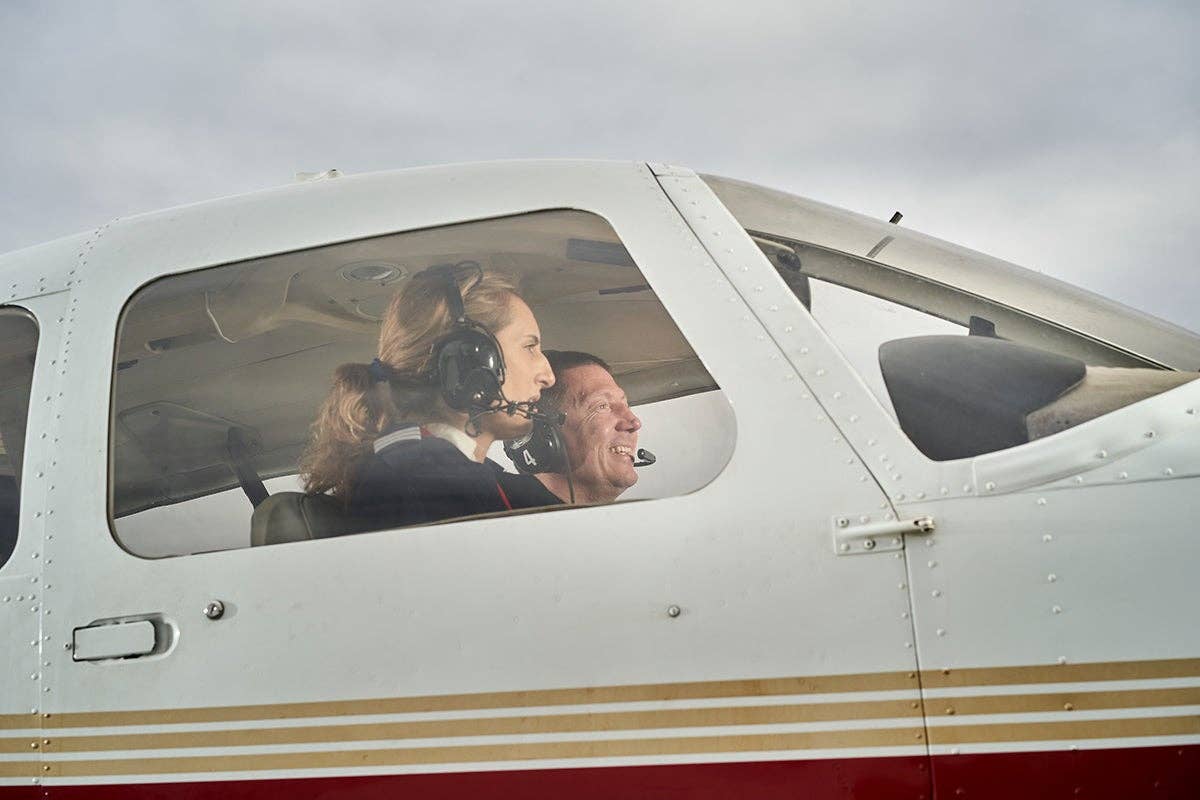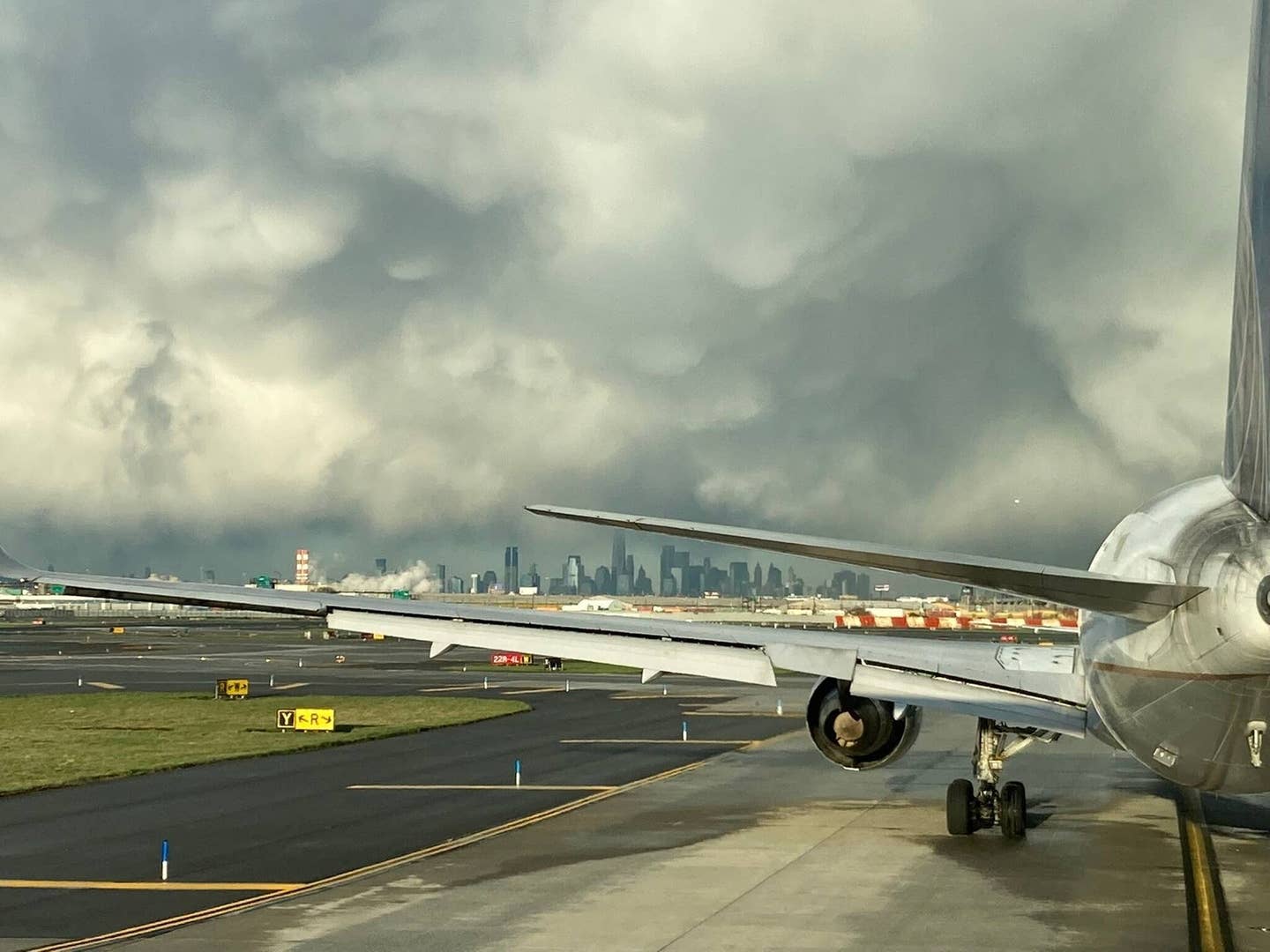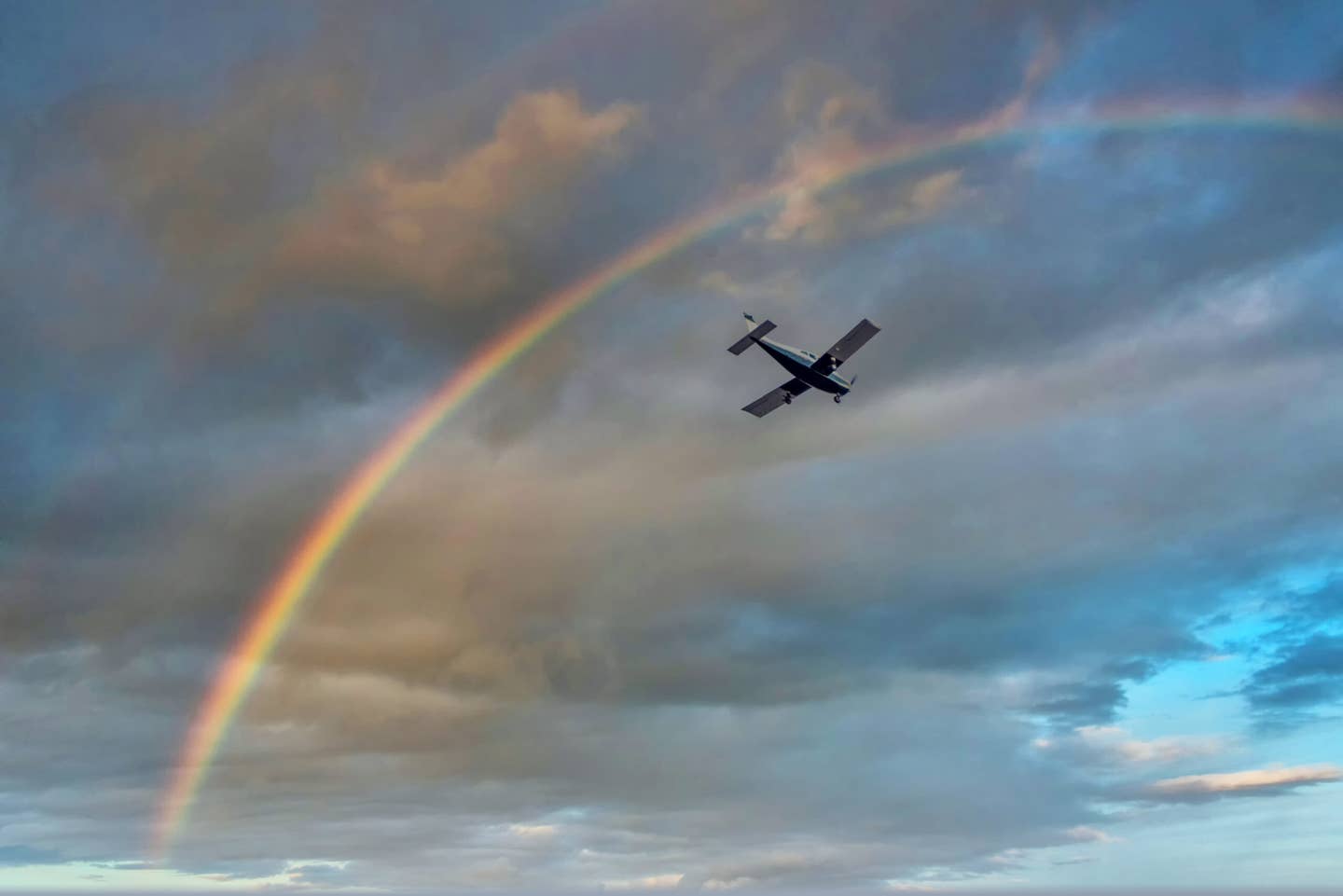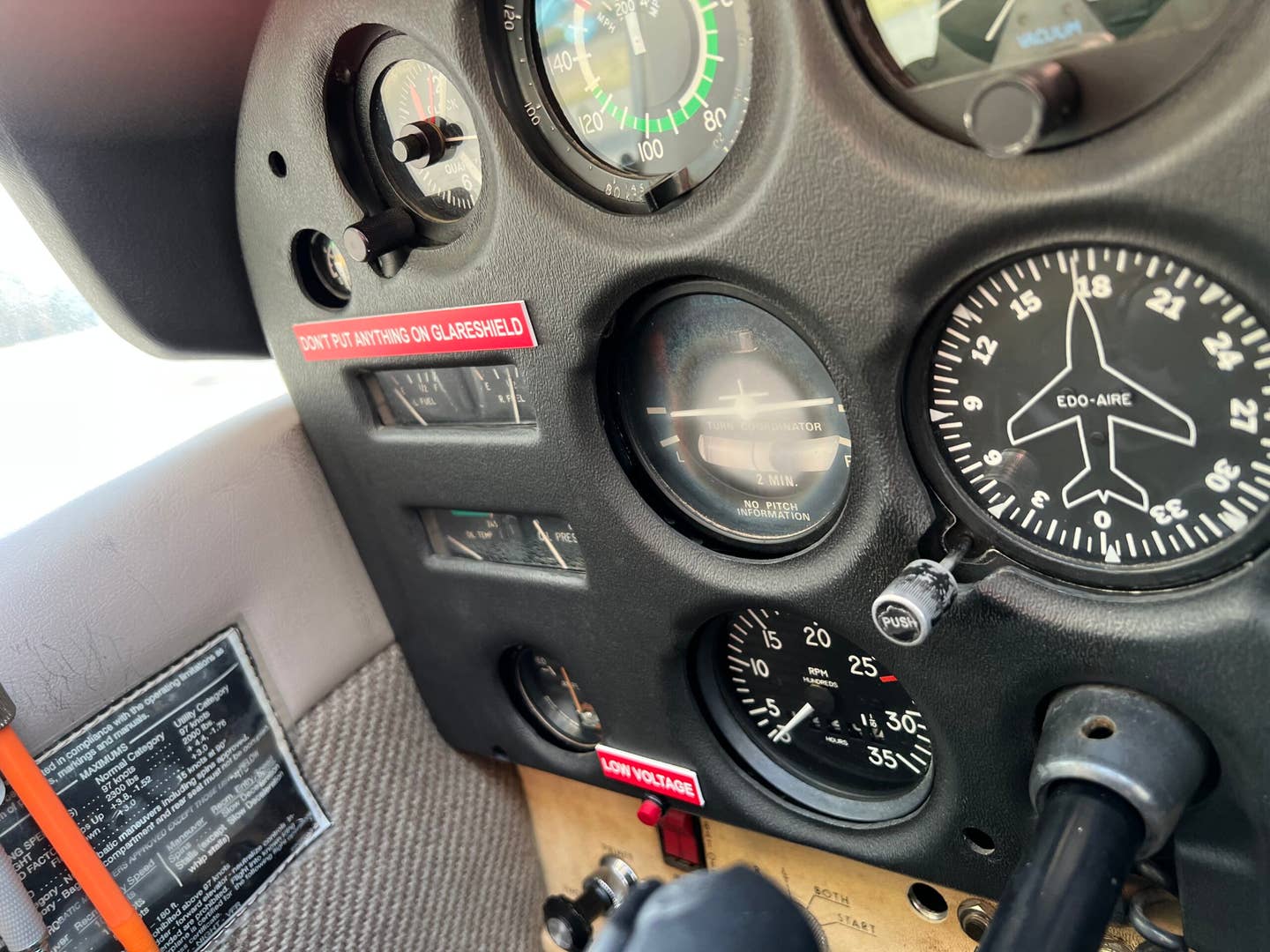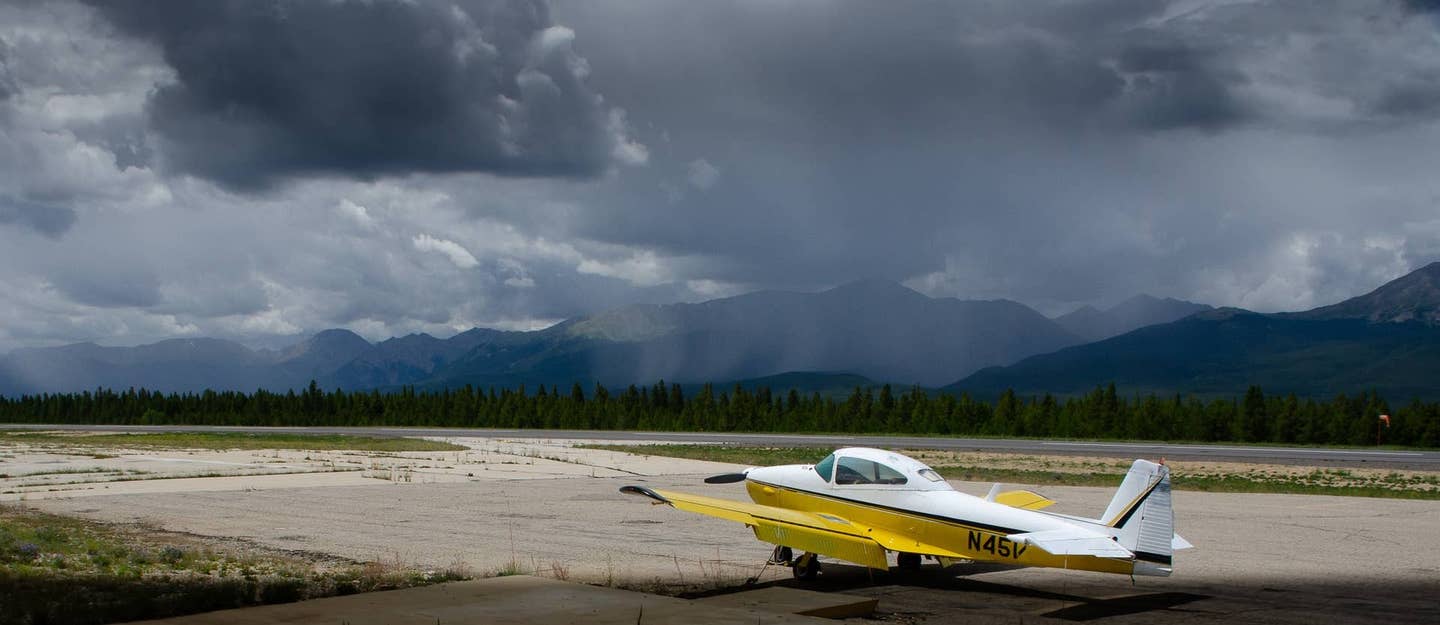
When Flying Editor in Chief Mac McClellan read the headline and the short description of this week's Tip, he was kind enough to share with me the text for his Left Seat column that will appear in the August issue. I interpreted this as his way of hinting at me to read it, and then make damn sure I didn't say anything dumb.
So, this could be the shortest Flying Tip ever: wait for your August issue and read Mac's column. If your brain is a little on the small side like mine, read it twice. But in the meantime, I'll pass along a shorthand version of what Mac has to say, supplemented with some wisdom from the Aeronautical Information Manual (AIM).
Summer flying includes the threat of thunderstorms. There's plenty written on what causes thunderstorms, and one tidbit from Mac is to watch the outside air temperature. If you're droning along on a hot, muggy day and you see a sharp drop in mercury at your altitude, it's a good bet the hot air and moisture down below will make a beeline for higher territory — all the ingredients for a fast-building thunderbumper.
If you find yourself weaving among the build-ups along your assigned route, be alert for complications once you start transitioning through more crowded airspace. Dodging a few miles or so to either side of your course centerline might be fine in some areas, but can become a real problem for controllers when you're approaching a busy intersection that could involve high-speed jet traffic crossing from many directions and climbing and descending. As Mac points out, even though the controller knows your destination, that information can sometimes fall off the table when he sees two airplanes turning off course to avoid storms; and pointing their fast moving noses directly at each other.
Anyone who has been flying IFR for a while knows that controllers today have better equipment and training when it comes to weather avoidance. And they are alert to helping out whenever they can. From the AIM:
b. Weather Avoidance Assistance.
1. To the extent possible, controllers will issue pertinent information on weather or chaff areas and assist pilots in avoiding such areas when requested.
But we as pilots have to recognize that their first responsibility is to keep airplanes from busting separation minimums, and if it comes down to pointing one of them at a thunderstorm to do it, they have no choice but to do just that. So Mac points out that we have to be prepared to refuse such a clearance safely, and have another plan available. Maybe two.
In my own experience, I recall a flight from Massachusetts to New Jersey with another pilot in his Cessna 210. Our clearance took us directly over Carmel VOR, but my Garmin 396's XM weather showed an ugly magenta splotch directly over the fix, confirmed by the on board lightning detector and all four eyeballs fixed and dilated inside the cockpit. Our pleas to deviate left or right were denied, and when we said we just wouldn't go to Carmel, the controller assigned us to hold at a fix a few miles southeast — directly in the path of the storm.
Our solution was to cancel IFR and divert to a safe route south of the New York Class B airspace. Once we canceled, however, the controller (whose tone of voice said, "It's about time you did that.") cleared us through the Class B, directly over JFK International; a route that was more direct than our original IFR clearance.
There are lots of ramifications to the problems associated with diverting to avoid dangerous weather, and with the coming of ADS-B, some of those issues could get sticky. Mac has some telling insight into what could be in store, so again, I urge you to scurry to your mailbox ASAP for your August issue.
Call to action: If you have any tips of your own you'd like to share, or have any questions about flying technique you'd like answered, send me a note at enewsletter@flyingmagazine.com. We'd love to hear from you.

Sign-up for newsletters & special offers!
Get the latest FLYING stories & special offers delivered directly to your inbox

